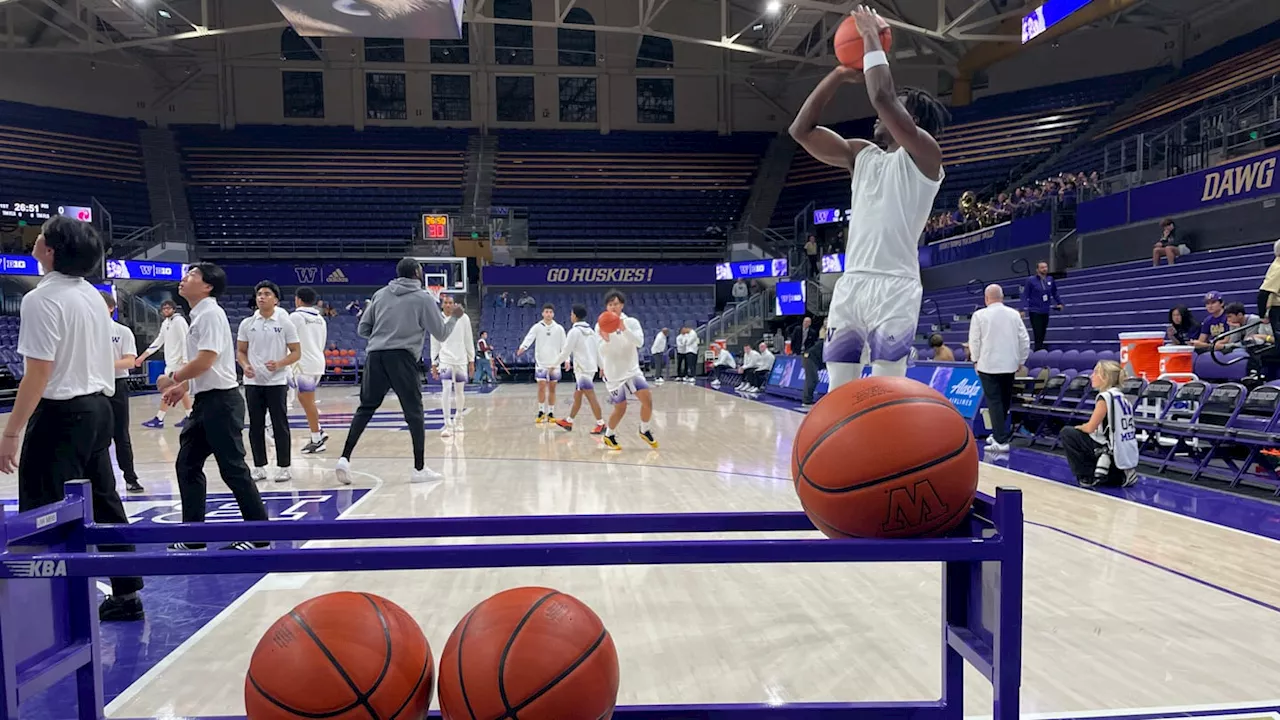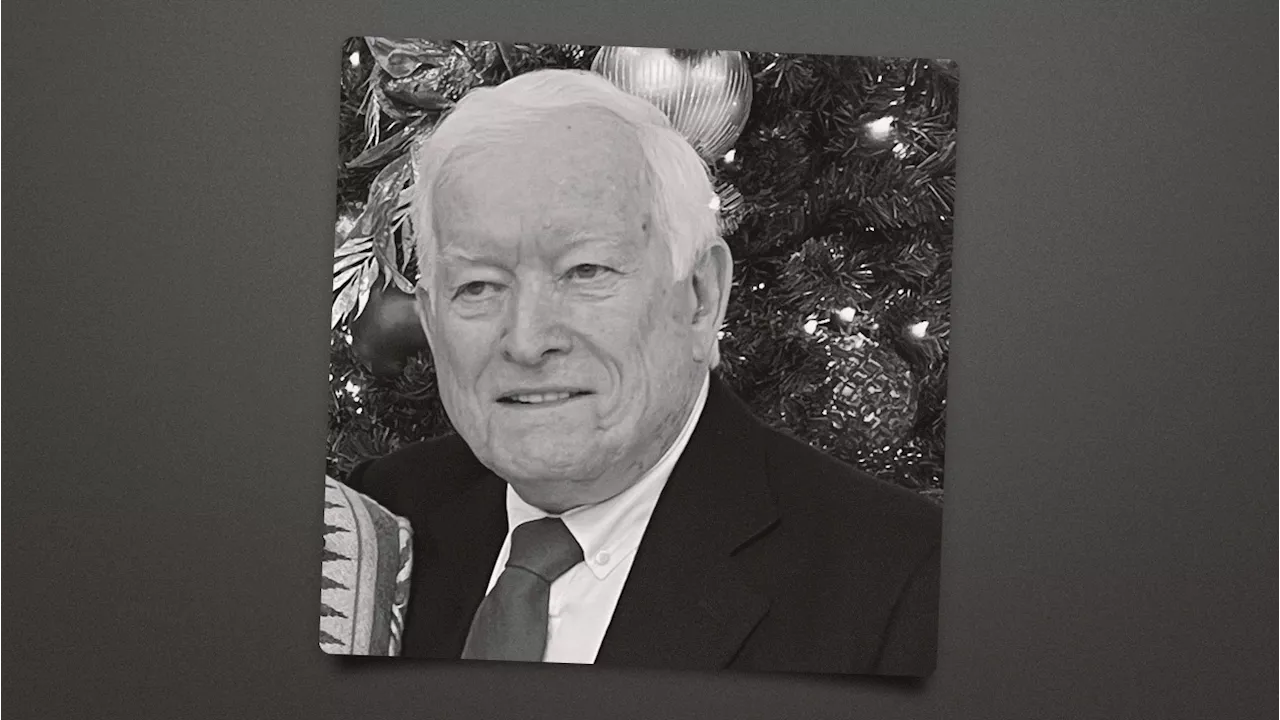For two decades now, the iconic twin Voyager spacecraft have been quietly overturning everything we thought we knew about the boundary between our solar system and interstellar space
For all of humanity’s millennia of staring at the stars and decades of launching probes to explore our universe, only two spacecraft carrying working instruments have ever managed to escape thelaunched in 1977 on an epic tour of the outer planets; both swung past Jupiter and Saturn while Voyager 2 added Uranus and Neptune to the itinerary. The two spacecraft have trekked ever outward since, and several of their instruments have continued observations despite the challenges of.
“You see these dramatic 11-year bumps, mins and maxes, dips and peaks throughout the whole entire heliosphere,” says Jamie Rankin, a space physicist at Princeton University and deputy project scientist of the Voyager mission. And, she notes, astronomers of all stripes are trapped within that chaotic background in ways that may or may not affect their data and interpretations.
What that shape actually is, however, scientists don’t yet know. The heliosphere’s shape may resemble that of a comet, with a long tail trailing a compact nose where the sun pushes into interstellar space. Or perhaps the interplay between the sun’s magnetic field and the interstellar medium molds the bubble into a croissantlike shape, with two lobes trailing our star.
But the goldfish weren’t sitting idly by. In 2008 NASA launched the Interstellar Boundary Explorer , which orbits Earth and samples particles, called energetic neutral atoms, that stream in from the edge of the heliosphere. Scientists can use IBEX measurements of these particles’ characteristics to reconstruct some of what’s happening far out there, billions of miles away.
United States Latest News, United States Headlines
Similar News:You can also read news stories similar to this one that we have collected from other news sources.
 The Voyager Probes Are DyingScience and Technology News and Videos
The Voyager Probes Are DyingScience and Technology News and Videos
Read more »
 The End Is Near for NASA’s Voyager ProbesThe two probes have left the solar system and are still collecting data from the interstellar environment—but their atomic hearts are growing weaker and weaker.
The End Is Near for NASA’s Voyager ProbesThe two probes have left the solar system and are still collecting data from the interstellar environment—but their atomic hearts are growing weaker and weaker.
Read more »
 Huskies Find a Way to Win After They Can't Find the HoopDanny Sprinkle's team overcame a 13-point first-half deficit to rescue this one.
Huskies Find a Way to Win After They Can't Find the HoopDanny Sprinkle's team overcame a 13-point first-half deficit to rescue this one.
Read more »
 No, scientists didn't find Amelia Earhart's 'missing plane' — here's what they did findPandora is the trending news editor at Live Science. She is also a science presenter and previously worked as Senior Science and Health Reporter at Newsweek. Pandora holds a Biological Sciences degree from the University of Oxford, where she specialised in biochemistry and molecular biology.
No, scientists didn't find Amelia Earhart's 'missing plane' — here's what they did findPandora is the trending news editor at Live Science. She is also a science presenter and previously worked as Senior Science and Health Reporter at Newsweek. Pandora holds a Biological Sciences degree from the University of Oxford, where she specialised in biochemistry and molecular biology.
Read more »
 The 47-year-old Voyager probes are exploring interstellar space. Dwindling power could end their journeyThis week, uncover the challenges faced by Voyager 1, meet flower-licking wolves, see an unexpected ancient lifesaving tool, and more.
The 47-year-old Voyager probes are exploring interstellar space. Dwindling power could end their journeyThis week, uncover the challenges faced by Voyager 1, meet flower-licking wolves, see an unexpected ancient lifesaving tool, and more.
Read more »
 Richard D. James, ‘Star Trek’ Production Designer on ‘Next Generation’ and ‘Voyager,’ Dies at 88The Emmy winner also served as art director on the films ‘Local Hero,’ ‘Silkwood’ and ‘The Beast of War.’
Richard D. James, ‘Star Trek’ Production Designer on ‘Next Generation’ and ‘Voyager,’ Dies at 88The Emmy winner also served as art director on the films ‘Local Hero,’ ‘Silkwood’ and ‘The Beast of War.’
Read more »
